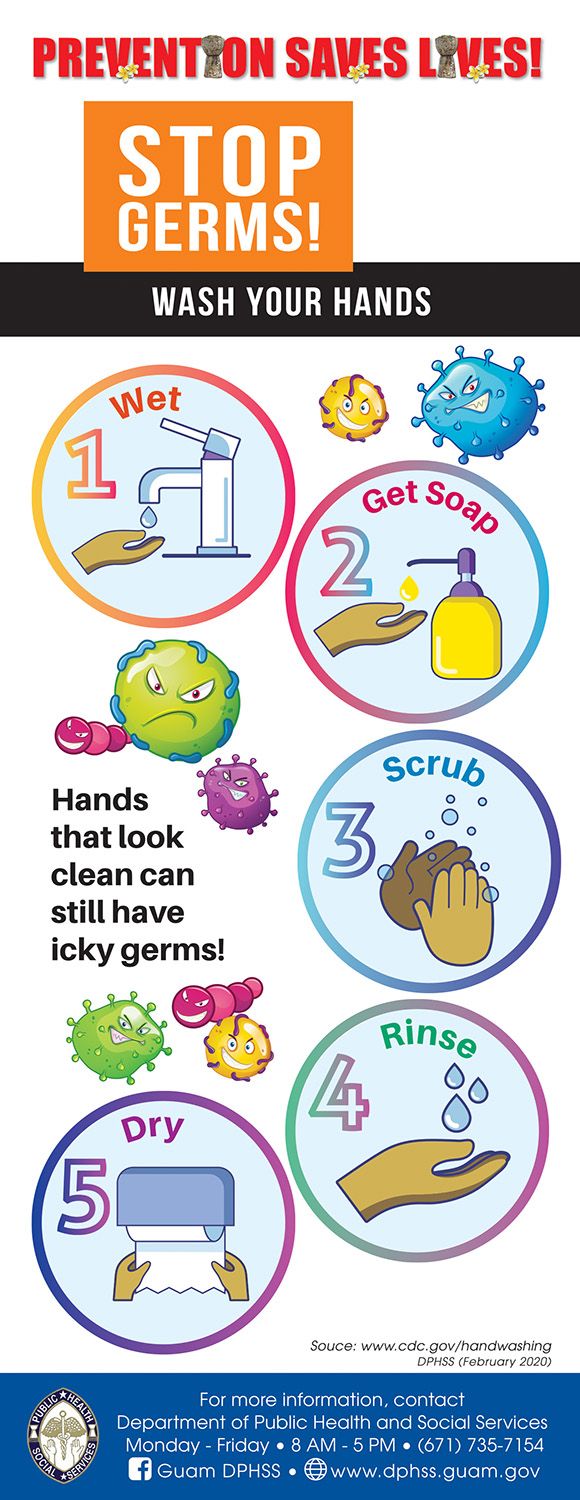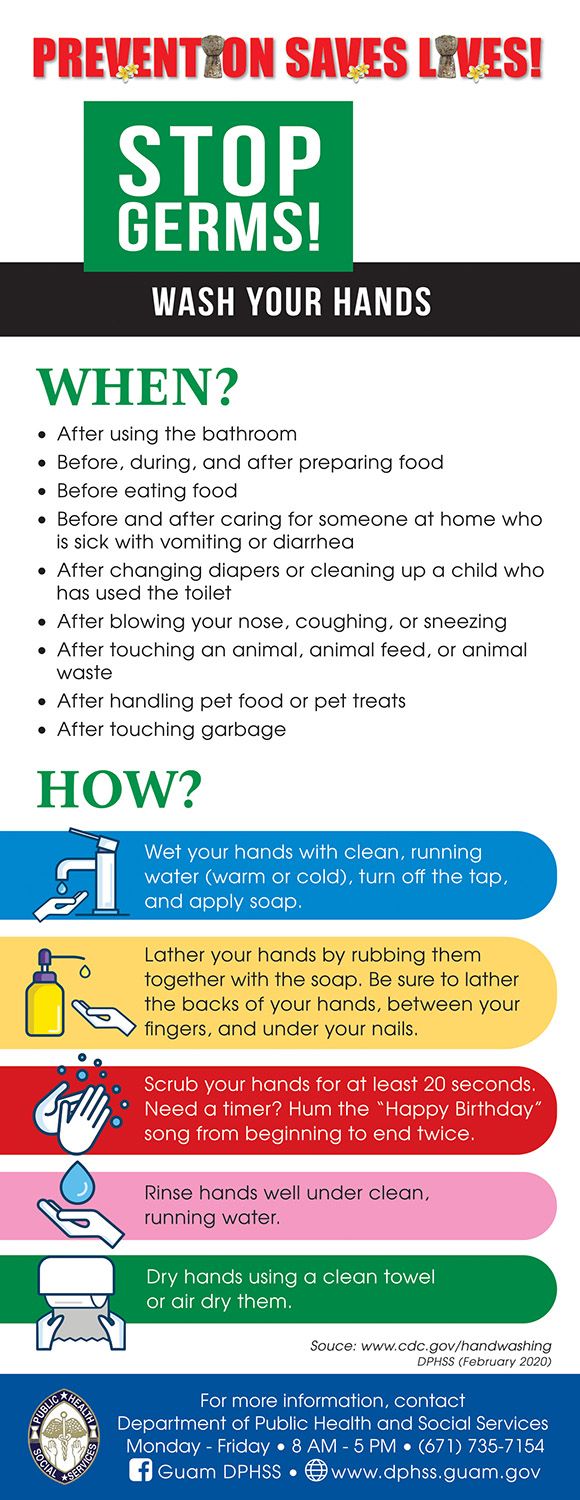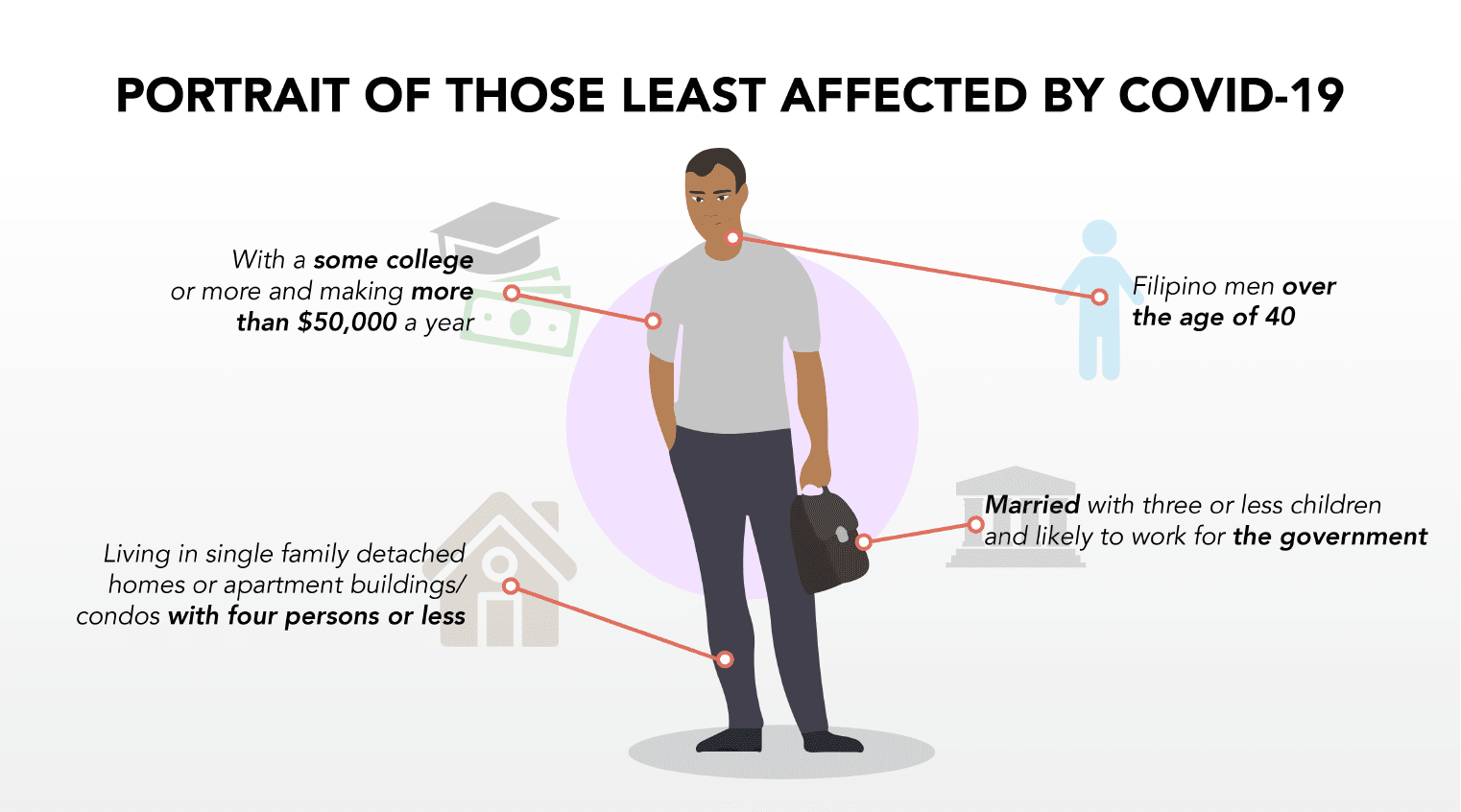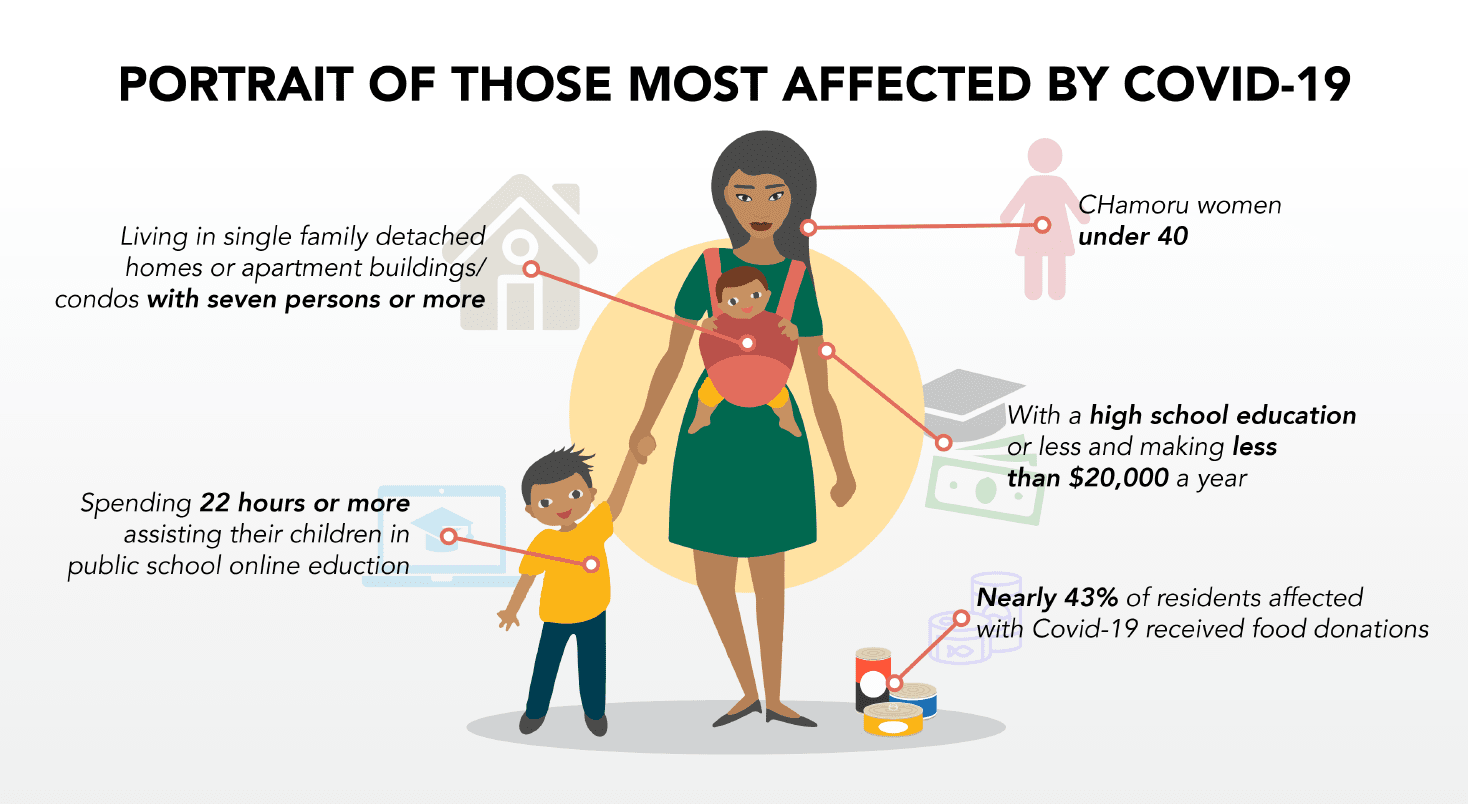RCPP study: CHamoru women, tourism industry most affected by pandemic in Guam
RCPP study: CHamoru women, tourism industry most affected by pandemic in Guam
RCPP study: CHamoru women, tourism industry most affected by pandemic in Guam
5/28/2021
One in five Guam residents had their lives disrupted last year by the COVID-19 pandemic through loss of employment, inability to provide enough food for their families, and inability to settle household expenses.
Similarly, one in four businesses had to temporarily or permanently close — with tourism businesses being hit the hardest as far as revenue loss, layoffs, closures, reliance on grants and loans, and diminished plans for growth.

“This is important data to have documented as the island starts to recover from the pandemic,” said RCPP Director Dr. John Rivera. “As public and private sector leaders move forward with plans and policies to get lives and businesses back on track, it’s essential they can make data-driven decisions and see who is most in need of assistance. Additionally, this data will provide a baseline to measure how well our people and our businesses recover over the next two years.”
The reports were based off of surveys in November of 702 randomly selected residents, a review of Pandemic Unemployment Assistance applications, and surveys of 413 randomly selected local businesses from the 2020 listing of business licenses.
Key highlights of the residential impact report include:
- Those most affected by the pandemic were most commonly women, CHamoru, under age 40, having a high school education or less, having income of less than $20,000 per year, and living with seven or more persons.
- Those least affected by the pandemic were most commonly men, Filipino, over age 40, having some college education or more, having income of $50,000 or more per year, married, living with four or fewer persons, and government workers.
- The majority of PUA applicants were women, under age 40, Filipino, having a household income of less than $30,000, having no higher education, living in households with three to four people, those with no children, and those with jobs in service-related industries.
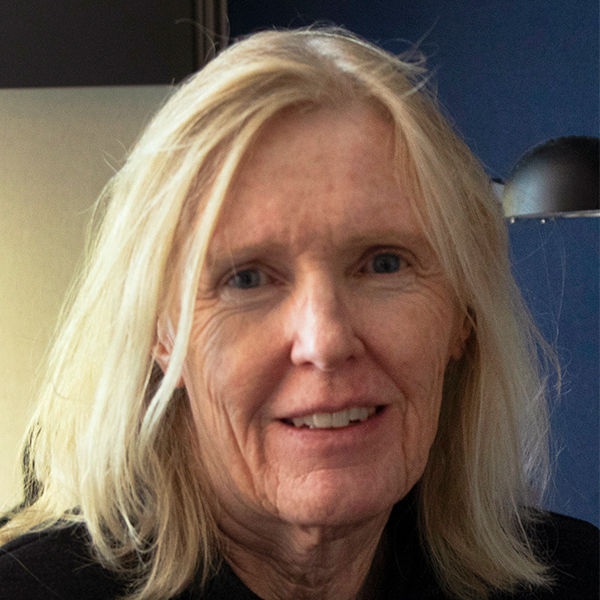
- The private sector experienced a 66% decline in revenue in 2020 compared to 2017.
- Construction industry revenues fared 45% better than all other businesses.
- The number of businesses with fewer than 20 employees increased from 82% to 89% from 2017 to 2020, with 95% of tourism related businesses employing fewer than 20 people.
- Nearly half of tourism businesses have furloughed most or all of their employees, with 12% continuing to pay those employees.
- More than one-third of tourism businesses have laid off employees, with 20% laying off all of their employees.
- 25% of all businesses had to temporarily or permanently close in 2020. Four percent of businesses had to permanently close.
UOG Professor Roseann Jones, who holds a doctorate in economics, led the research with support from Market Research & Development Inc. and student interns. Funding support was provided by Cares Act funds through the Office of Governor of Guam.
Both reports are viewable at https://url.uog.edu/rcpp and www.guamrecovery.com.
